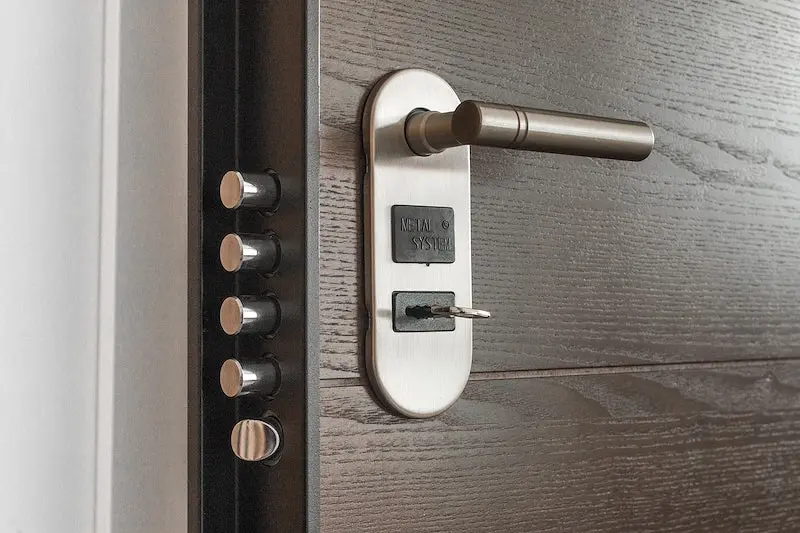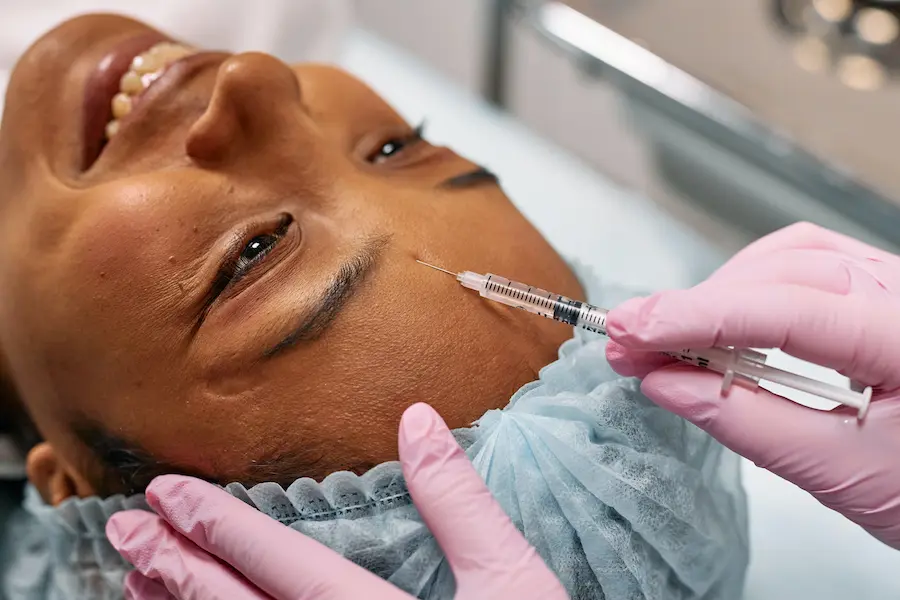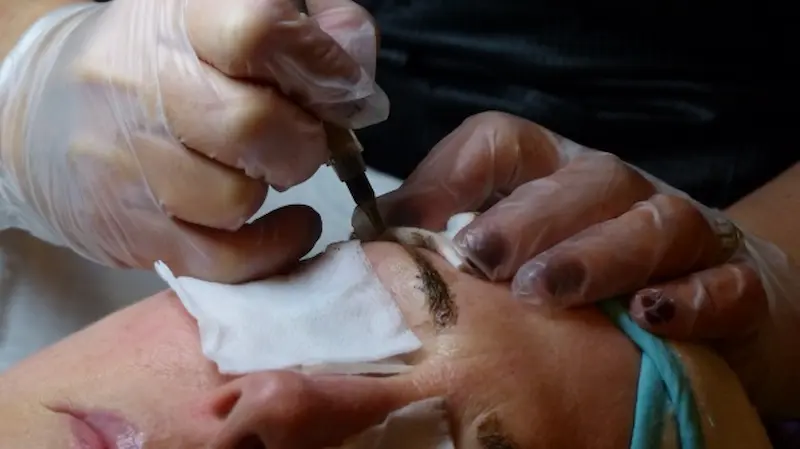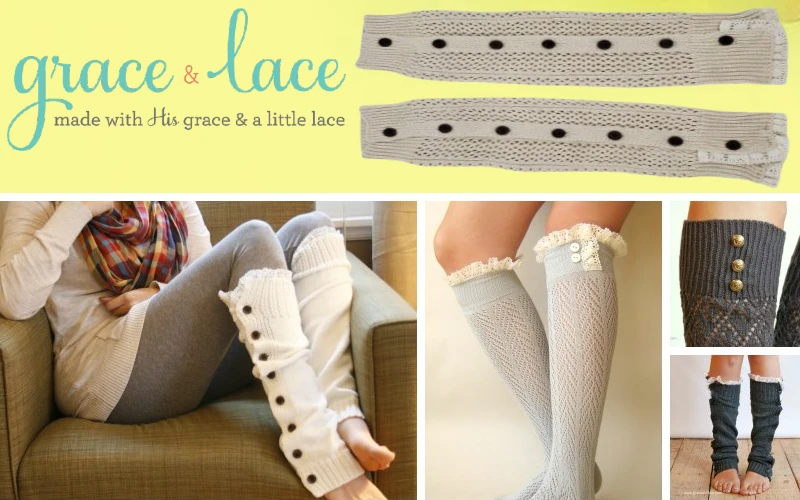When the muscles, tendons, bones, or joints are not properly positioned, it can lead to pain and uneven strides. Fortunately, with orthotics, you can get the necessary arch support to relieve pain, correct posture, and improve your strides. Physical therapists are essential in prescribing orthotics and evaluating their performance.
This article evaluates the types of orthotics and the role of physical therapists in ensuring they work seamlessly for your rehabilitation.
Table of Contents
What are Orthotics?
Orthotics are custom-made or pre-fabricated devices for addressing biomechanical issues. These devices help alleviate pain, enhance mobility, and support rehabilitation. Orthotics are available in many forms, including shoe inserts, braces, and splints. The best orthotics for you depends on your specific needs.
Orthotics at Summit Physical Therapy are designed to improve alignment, stability, and overall function. Therefore, they help to manage conditions such as plantar fasciitis, arthritis, sports injuries, and post-surgical rehabilitation.
What Is the Role of The Physical Therapist in Orthotics?
Physical therapists are vital in prescribing effective orthotics for you because they are experts in human anatomy, biomechanics, and rehabilitation. The key roles of a physical therapist in orthotics include;
Evaluation and Assessment
Physical therapists conduct thorough evaluations and assessments to determine whether orthotics are necessary for rehabilitation. They consider your medical history, current condition, and functional goals. Your physical therapist in Merrick can identify your need for orthotics and create a tailored treatment plan after assessing your range of motion, gait, strength, and balance.
Customized Orthotic Prescription
Physical therapists also design and prescribe custom orthotics. They collaborate with orthotists and other healthcare professionals to ensure that your orthotics have the perfect fit, alignment, and functionality. Each orthotic is customized to your needs and suits your lifestyle, activity level, and severity of your condition.
Fitting and Education
Physical therapists also help in fitting orthotic devices. Foot therapy in Merrick will ensure that the orthotics are properly aligned and provide optimal support and comfort for you. Also, your physical therapist will educate you on the proper use, care, and maintenance of orthotics. By providing detailed instructions and addressing any concerns or questions, physical therapists empower you to maximize the benefits of your orthotic devices.
Monitoring and Adjustments
Your physical therapist will monitor your progress throughout your treatment. You may also undergo regular follow-up sessions to assess the effectiveness of the orthotics. Your physical therapist will also make necessary adjustments or modifications. By closely tracking your response to the orthotic intervention, your physical therapist can optimize the function and benefits of the device, ensuring that the rehabilitation goals are met.
Benefits of Physical Therapy in Orthotics
The role of physical therapists in orthotics has several benefits, including;
- Improved Patient Outcomes: With their expertise in biomechanics and rehabilitation, physical therapists in Merrick, NY, can optimize orthotics to improve your outcomes. By customizing the devices and closely monitoring their effectiveness, therapists can enhance your mobility, reduce pain, and promote better functional outcomes.
- Individualized Approach: Physical therapists use a customized approach, considering each individual’s unique needs and goals when prescribing and fitting orthotics. This personalized approach ensures that the orthotics are tailored to address your specific conditions, promote proper alignment, and support your overall rehabilitation journey.
- Comprehensive Rehabilitation: By integrating orthotics with other techniques at physical therapy in Merrick, NY, such as therapeutic exercises, manual therapy, and functional training, physical therapists provide comprehensive rehabilitation plans. This holistic approach addresses the symptoms and underlying causes, facilitating optimal recovery and long-term well-being.
Examples of Orthotics Used in Physical Therapy
Depending on the condition, orthotics can be used in several body areas. Examples of orthotics used in physical therapy include;
- Ankle-Foot Orthoses (AFOs): Physical therapists prescribe AFOs to improve stability and assist with foot and ankle alignment. This type of orthotics is beneficial for conditions such as drop foot, ankle sprains, and post-stroke rehabilitation.
- Knee Braces: Knee braces provide stability for the knee. This type of orthotics reduces pain and aid in rehabilitation for individuals with knee injuries, osteoarthritis, or ligament instability.
- Spinal Orthotics: spinal orthotics include back braces or posture correctors. This type of orthotic help support the spine and alleviate pain. It also treats conditions like scoliosis, herniated discs, and spinal fractures.
- Hand and Wrist Orthoses: splints or braces are common hands and wrist orthoses. They support and immobilize the hand or wrist following injuries, surgeries, or conditions like carpal tunnel syndrome or arthritis.
- Other specialized orthotics: your physical therapist will prescribe orthotics based on your needs. Other popular orthotics include foot orthotics, shoe inserts, and infant cranial helmets.
Conclusion
Physical therapists are essential in prescribing orthotics for rehabilitation. They are experts in evaluating, prescribing, fitting, and monitoring that orthotics are tailored to individual patient needs. Consequently, they optimize outcomes and improve overall function. Summit Physical Therapy is dedicated to providing exceptional care and prescribing orthotics when necessary to support your journey toward recovery and improved quality of life.
























































































































































































































































































































































































































































































































































































































































































































































































































































































































































































































































































































































































0